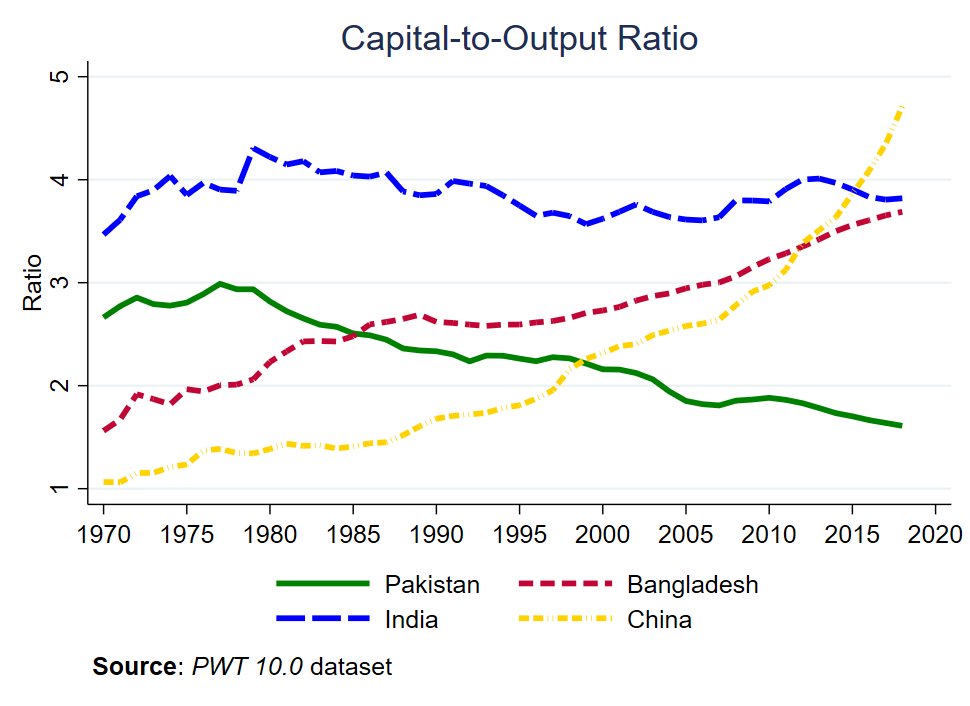Such analysis is good. But im confused. Dont these results contradict wat epidemiologists tell us? Containment policies decrease peak # of cases but prolong duration of epidemic. Here duration of epidemic decreases as well. Why? Can someone from #PIDE working on this explain?
https://twitter.com/AqeelCh/status/1244973739919511555
For reference, here are results from the Imperial paper. Containment policies decrease peak # of cases (as in PIDE work) but increase the duration of crisis (opposite PIDE work). 

It is super important to get the duration right because otherwise we will not only underestimate the economic cost of containment policies but the policy response to resulting economic crisis will also be inadequate.
Here is a recent NBER paper focusing on the macroeconomics of epidemics:
https://twitter.com/nberpubs/status/1244323436098473987?s=20
and here is an earlier thread (based on @voxeu ebook) on the economic cost of containment policies:
https://twitter.com/ajpirzada/status/1241730250586939395?s=20
• • •
Missing some Tweet in this thread? You can try to
force a refresh














